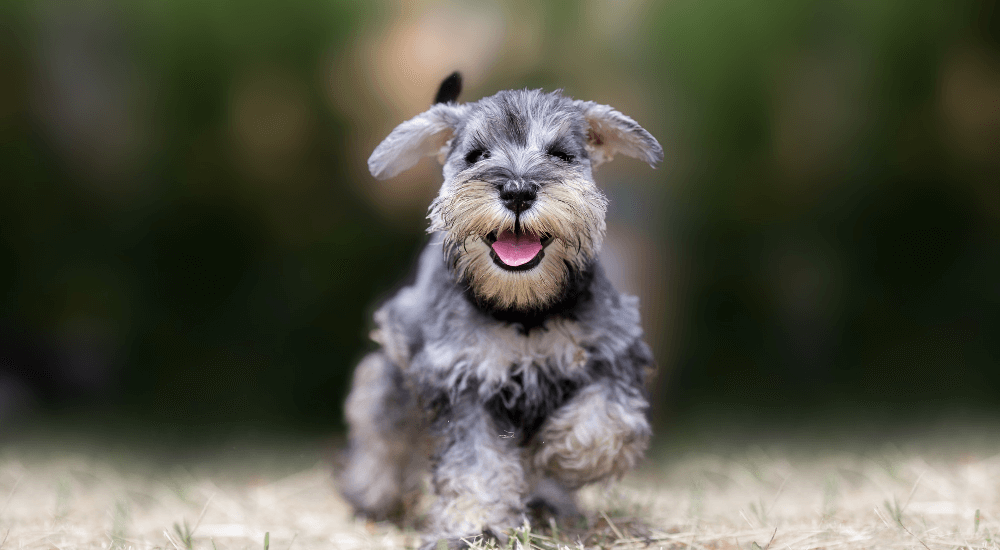
Coat furnishings in dogs refer to the longer mustache and eyebrows most usually seen in wire-haired breeds but that can also be found in other types. Dogs exhibiting this trait are immediately recognizable from their dashing facial-hair features that stand out from the shorter hair on the rest of the face.
Examples of Breeds for which Coat Furnishings are Desirable
There are lots of very handsome “scruffy-looking” breeds, but for those in which coat furnishings are a breed standard, the focus is on long hair in the eyes and muzzle areas. Each breed in turn has its own standard for how these coat furnishings should appear.
- Schnauzer
- Scottish Terrier
- Tibetan Terrier
- Irish Terrier
- Havanese
- German Wirehair Pointer
- Chinese Crested
- Brussels Griffon
- Wirehaired Dachshund
- Soft Coated Wheaten Terrier
- Poodle
- Doodle breeds
- Portuguese Waterdog
The Genetics: Coat Furnishings Overview
Coat furnishings is a genetic trait. A dominant variant (+) of the RSPO2 gene produces the texture and growth pattern of fur associated with coat furnishings. The non-dominant variant (-) is a non-furnishings allele.
- If a dog has two copies of the dominant gene, he will always exhibit facial hair
- If a dog has one of each allele, he will exhibit facial hair
- If he has two of the recessive alleles, he will not exhibit coat furnishings
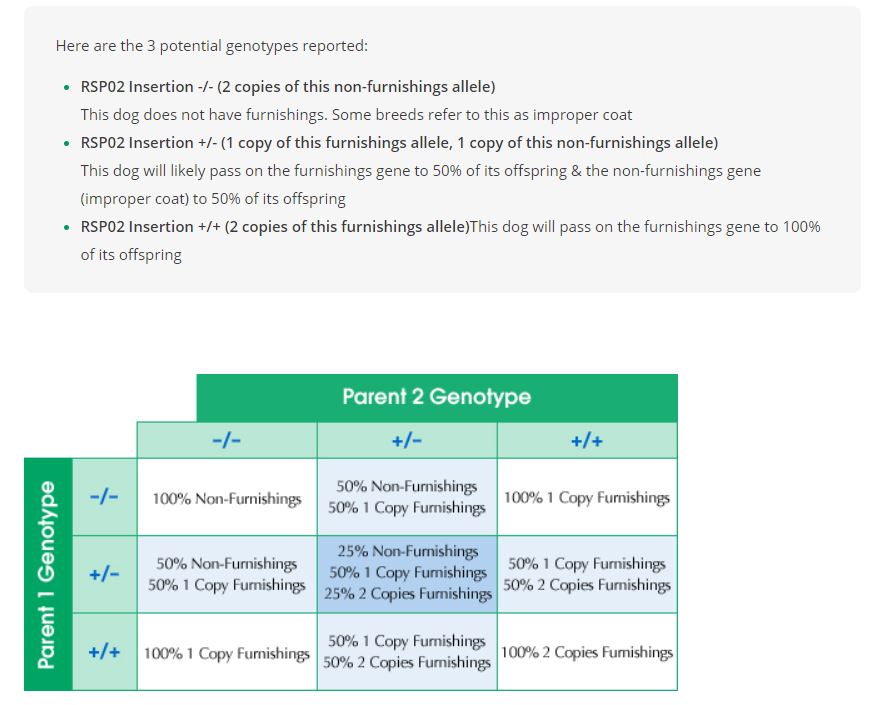
What is “Improper Coat” in Dogs?
When a dog is expected to exhibit coat furnishings due to his breed but does not, it is considered a deviation from breed standards. This fault is termed “improper coat,” or IC for short. Dogs from “coat furnishings breeds” exhibiting IC have smooth faces. The risk of IC is a very real one for professionals breeding dogs for which coat furnishings are a must.
Tip of the Tail
If you breed dogs with smart mustaches and bushy eyebrows, DDC Vet offers a simple DNA test for sires, bitches, and litters that can provide sure answers when making future breeding decisions. Our knowledgeable representatives are ready to help.
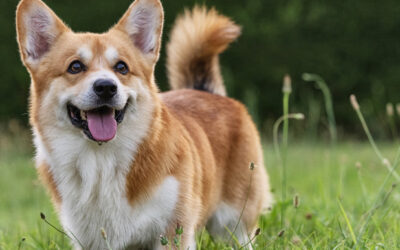
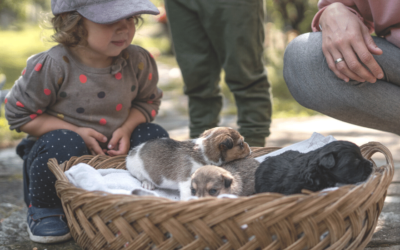
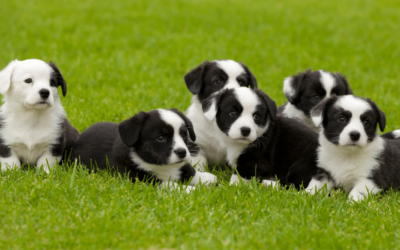
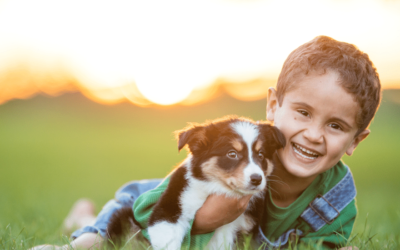
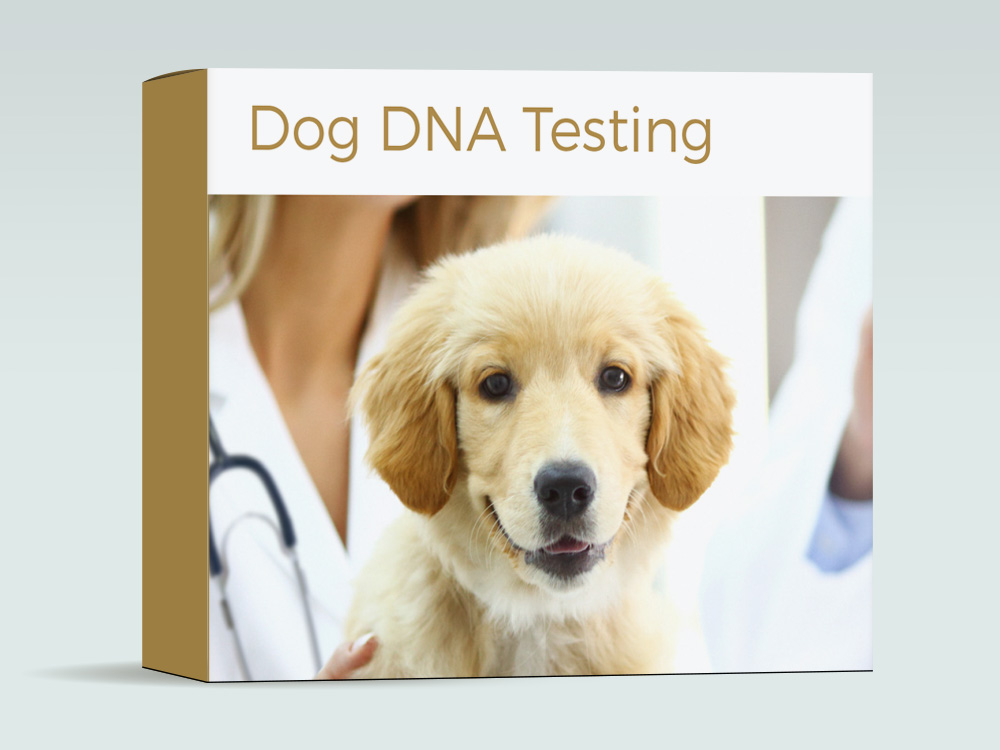
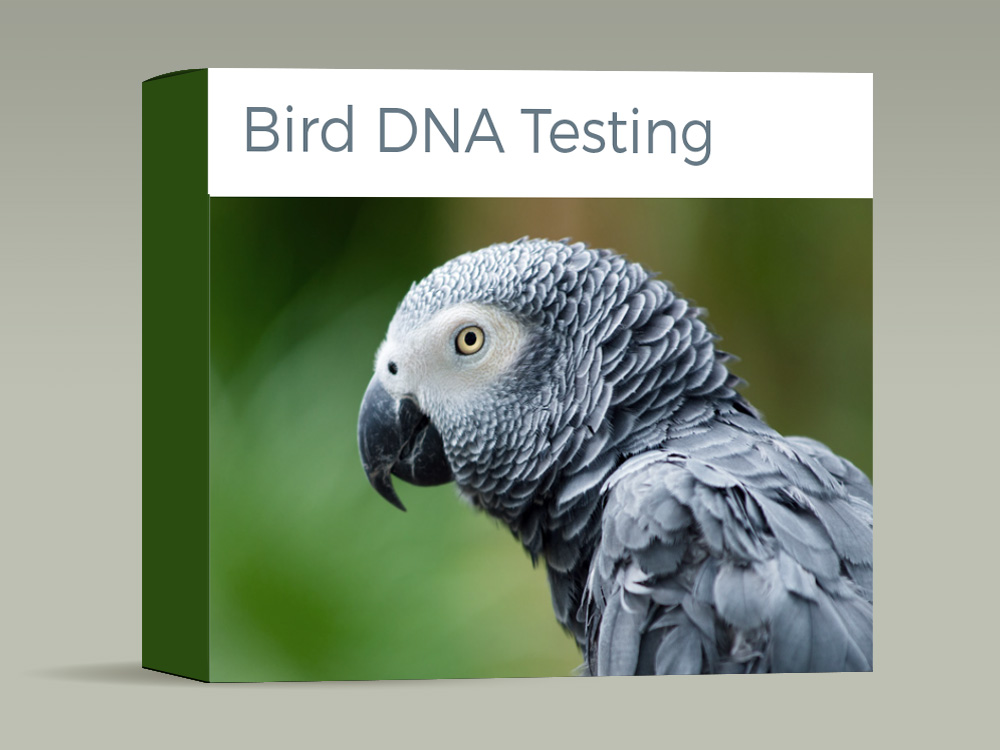
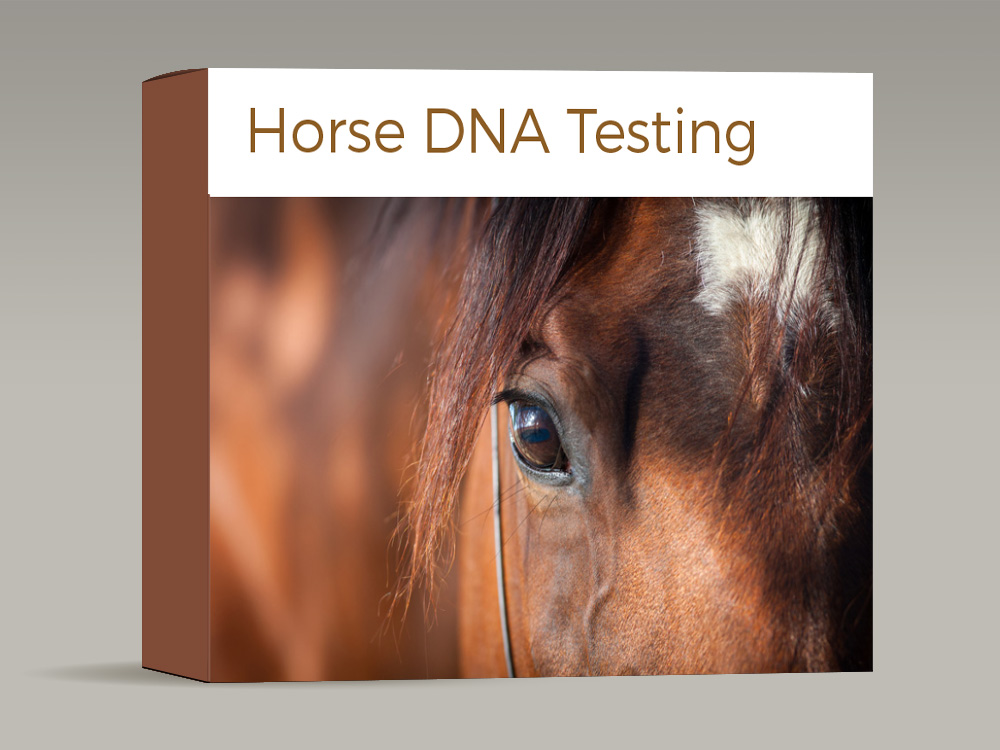
0 Comments